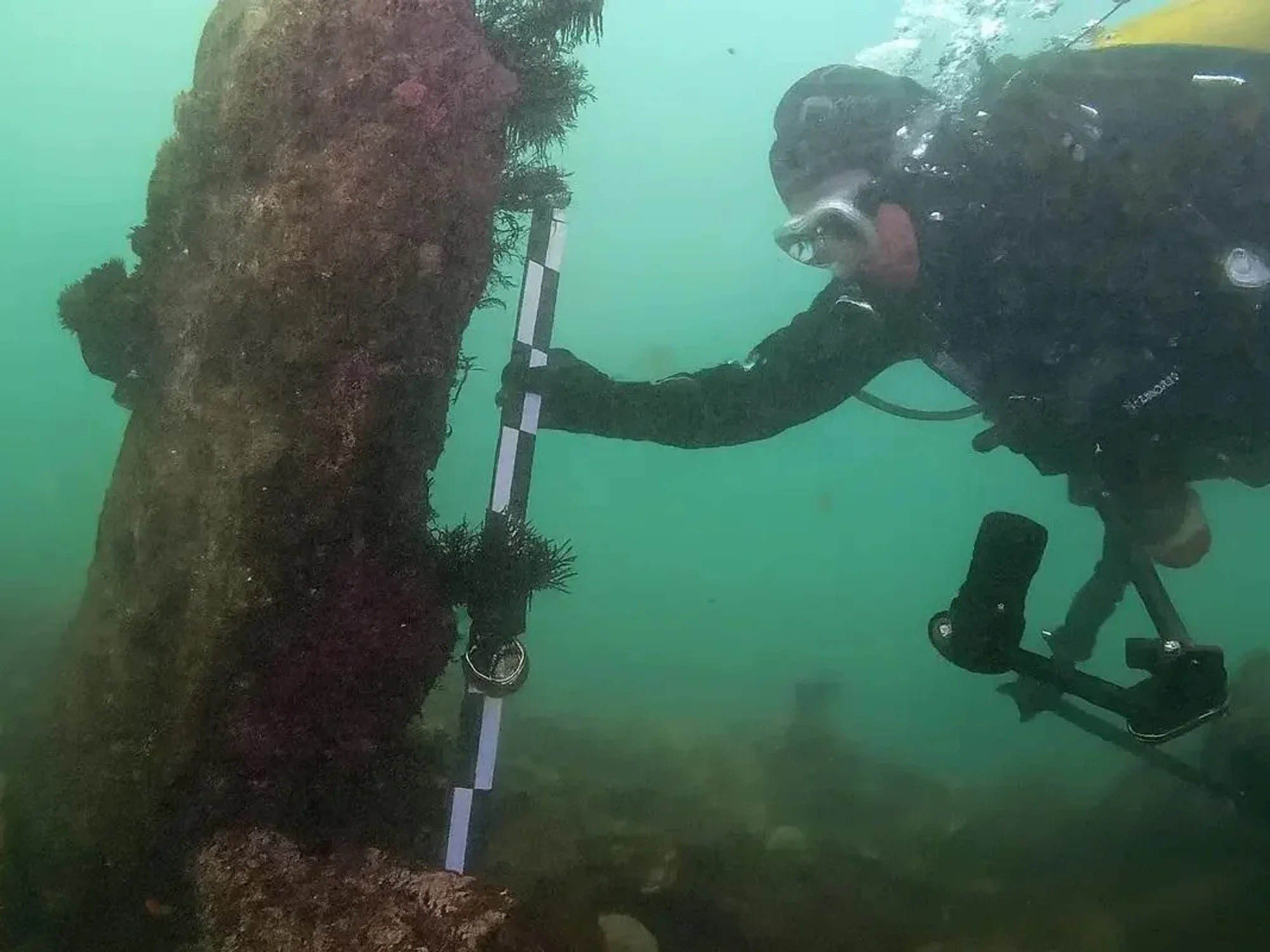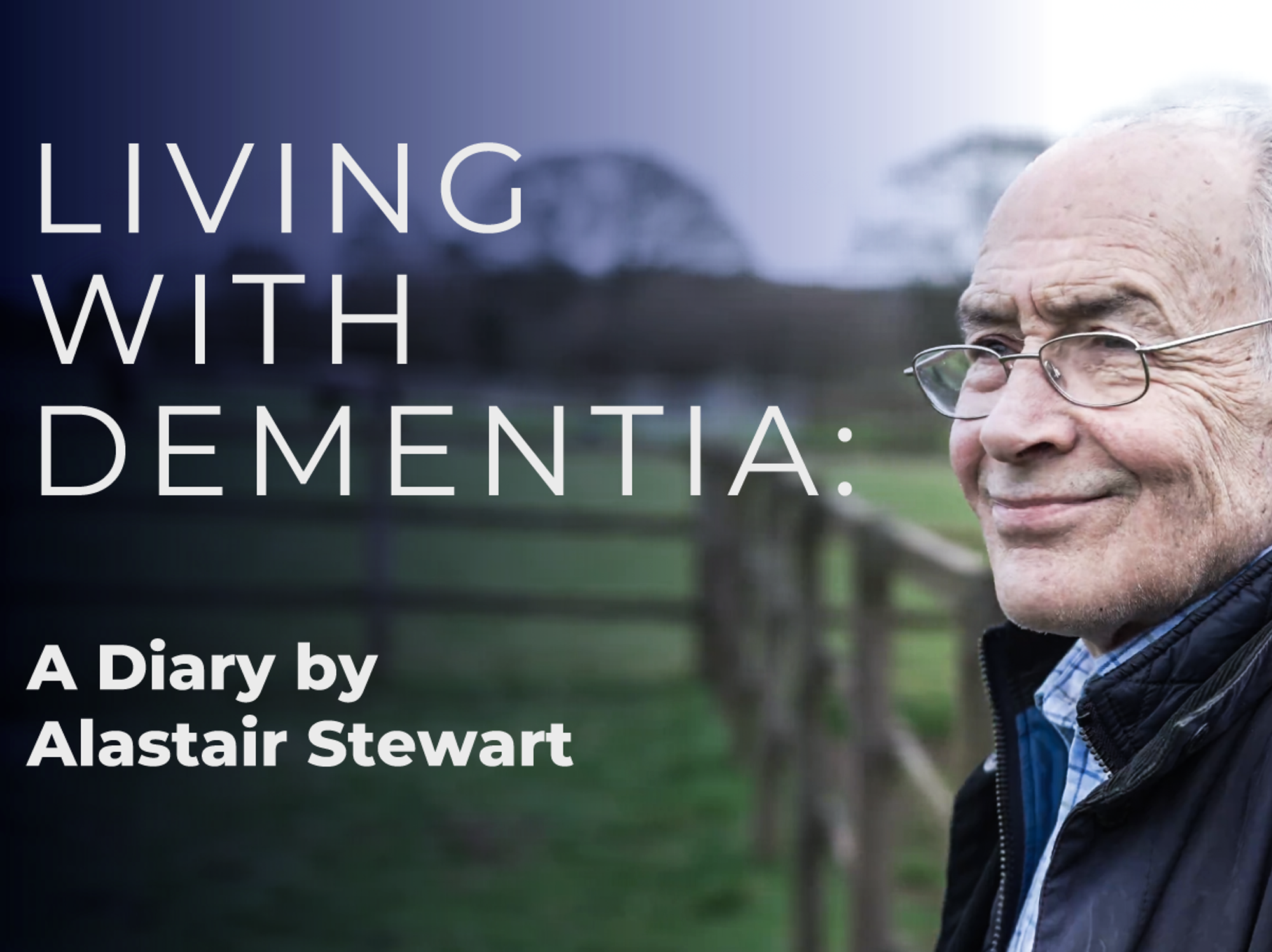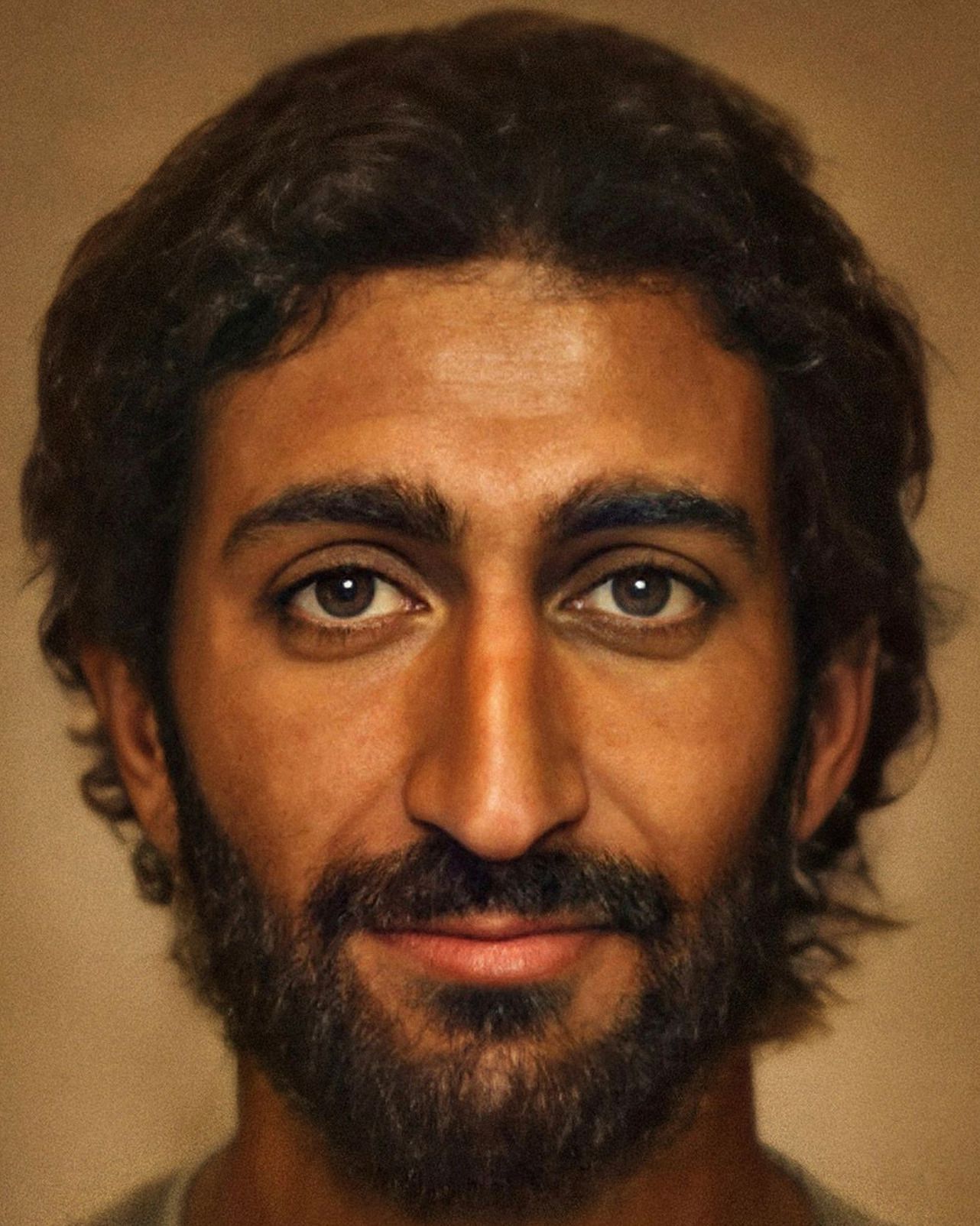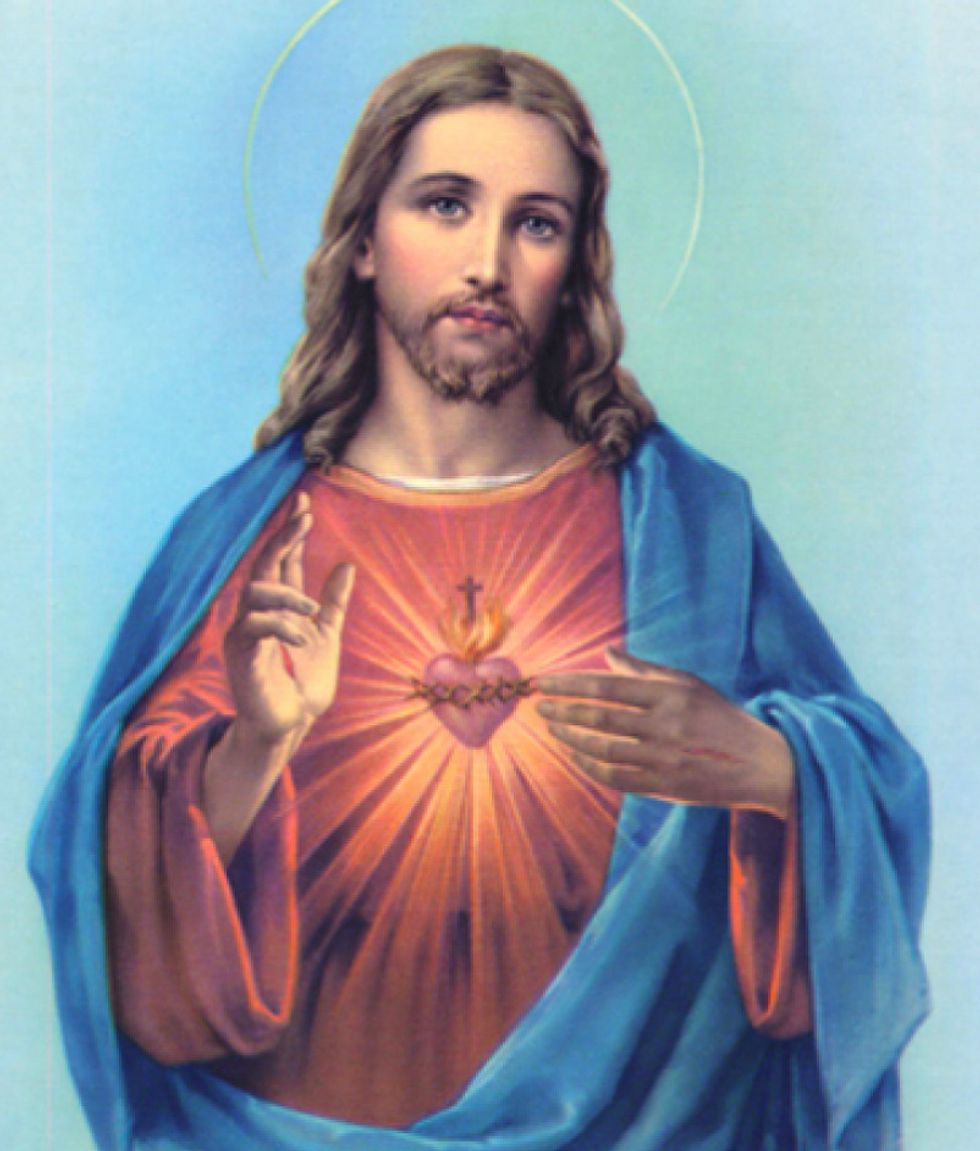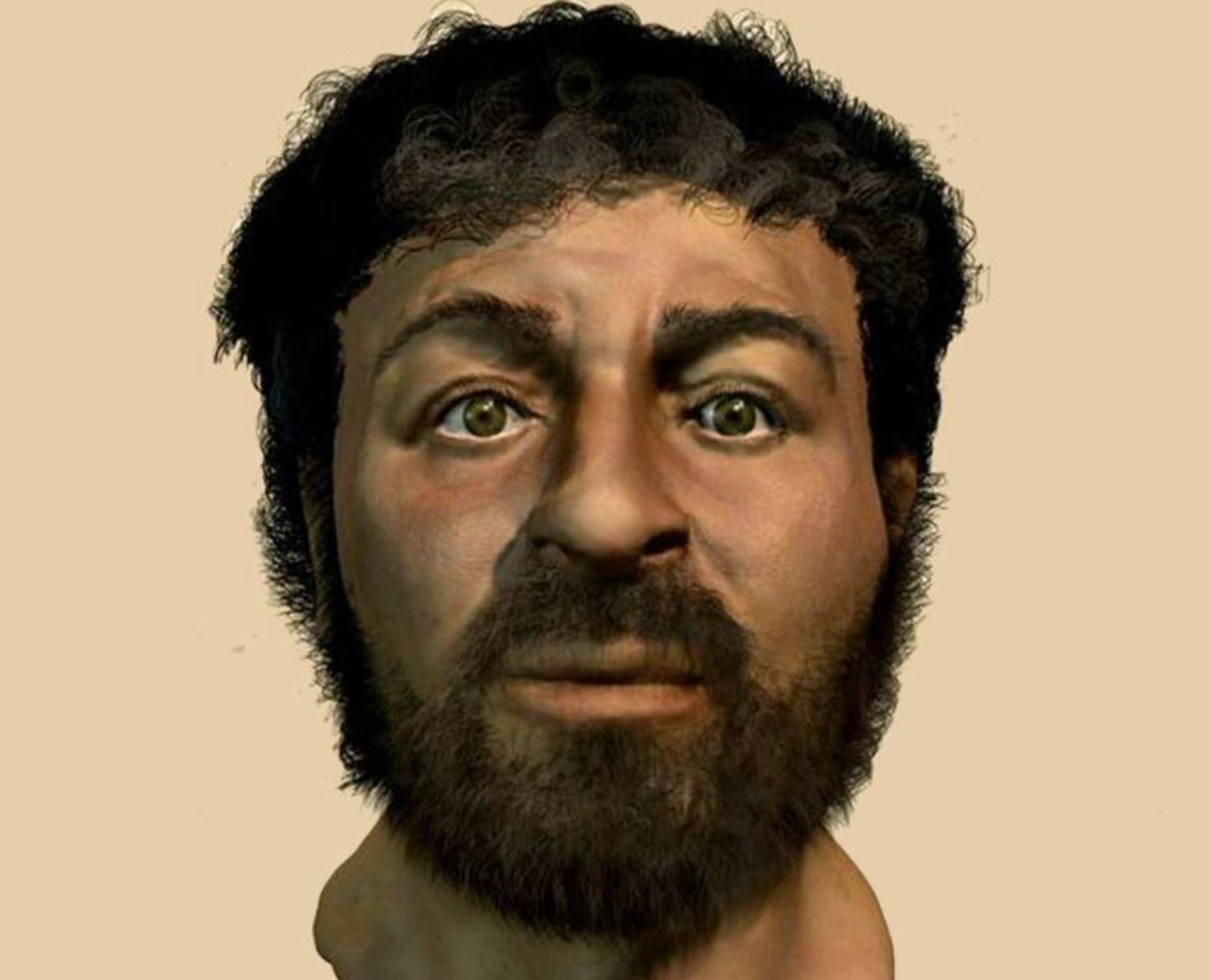What Jesus really looked like FINALLY revealed after 2,000 years
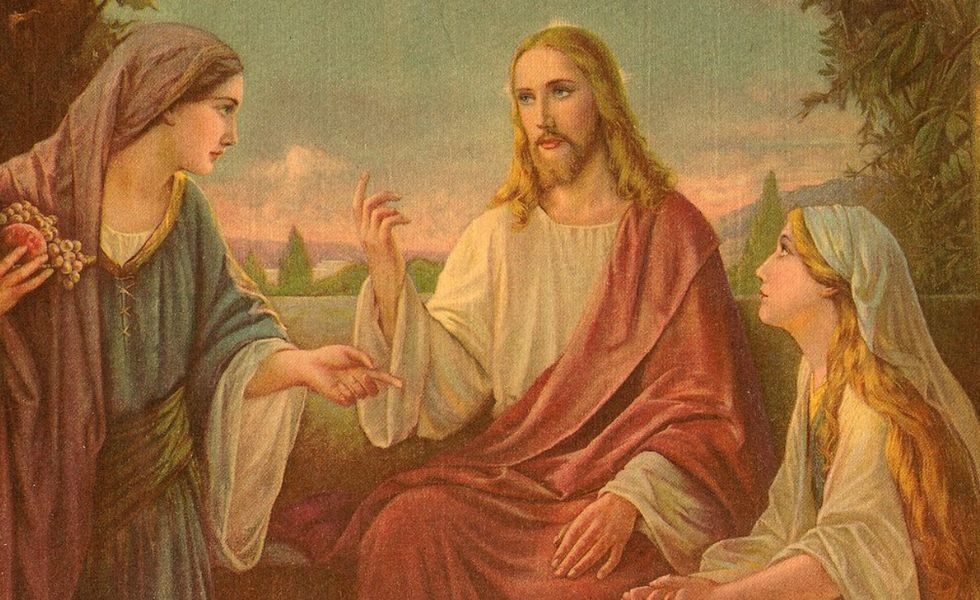
Jesus mystery solved? Traditional images like this one showing Jesus with blonde hair and blue eyes 'don't add up'
Striking AI reconstruction may settle ancient debate about Son of God's appearance
Don't Miss
Most Read
For nearly two millennia theologians and historians have argued about what the real Jesus Christ would have looked like.
Renaissance painters - and the Catholic Church - have tended to depict the Son of God as a tall, muscular, European-like figure with flowing blonde hair and angelic blue eyes.
Most historians meanwhile, have argued that a carpenter's son born in modern-day Palestine would instead have the same physical attributes of the locals in the region at that time, a shorter, stockier frame with curly black hair.
But the debate may finally have been settled by a Dutch photographer and digital artist who has used an advanced artificial intelligence programme to try and solve the long-running mystery.
Bas Uterwijk, who works with algorithmic image synthesis, created a striking image of Jesus using machine learning technology from software called Artbreeder.
The picture, which he claims has genuine "historical accuracy" conflicts markedly with traditional images of the Messiah portrayed by artists - and churches - in the West.
The real Jesus? The AI-generated image of the Son of God
Bas Uterwijk
Mr Uterwijk said: "I have a background in Computer Generated images and Special Effects.
"The artificial intelligence software utilises a neural network trained on photographs and paintings of thousands human faces.
"This application makes it possible to combine multiple sources of faces and merge them in a synthesised version, guided by the artistic decisions of the user. I use it to create historical and fictional characters.
"I used several cultural depictions of Jesus of Nazareth of Byzantine and Renaissance origin including Leonardo da Vinci's "Salvator Mundi", and the Turin Shroud, tweaking the ethnicity to a more convincing Middle-Eastern face."
He added: "I was happy with the result as a representation of a collective cultural depiction but at the same time I felt it lacked any historical accuracy.
"So I changed the hair and beard to a more credible length and style for the time and region and I brought in elements found in some Fayum mummy portraits, pushing the renaissance art to the background.
"The result is an artistic impression of how this man could have looked, more than it is a scientific search for an exact likeness."
The stunning image was first released in 2020, but has re-surfaced this Christmas amid a renewed debate around Jesus's authentic appearance.
The Bible depicts Jesus as a Jew who was born around 4BC in Bethlehem and lived in Egypt as a child before moving to Nazareth, in modern-day Israel.
What did Jesus really look like: Traditional images seen in paintings in churches are 'wrong'
Various gospels describe Jesus's clothes, but very few direct references are made his physical appearance.
Joan Taylor, the author of What Did Jesus Look Like, who has spent years studying the subject, said it was likely he was about 5 foot 5 inches tall, the average height found in skeletal remains from males at the time.
People in Judea and Egypt tended to have brown eyes, black hair and olive-brown skin, based on surviving archaeological remains, historical texts and depictions of people seen in mummy portraits from Egypt, Taylor said in her book.
She said: "Everyone can imagine what Jesus looked like. We have the image of Jesus everywhere. It's a global image. It's a phenomenon.
"So we think we can recognise him. We don't even have to work at it.
"But the traditional images in paintings, in fact, date to the 4th or 5th Century - the long hair, the robe, the beard.
"In reality, that's not what he looked like at all. Jesus was not a pale person. He was not a European. He was a Jewish man of his time. He was very much of his time and place."
The scholar, an expert in Christian origins, added: "He would have had dark skin and probably had shortish black hair - long hair was very unusual in the 1st Century - a beard and wore sandals.
"He was a wanderer. He was on the streets. He accepted charity from strangers. He was with the poor.
"The 2nd Century philosopher Celsus said Jesus was shabby, a vagabond who was unkempt - he looked like a beggar. That tallies with everything else we know about Jesus.
"He even described himself as homeless. As he said: 'Foxes have dens and birds have nests, but the Son of Man has no place to lay his head'."
A 2001 image of Jesus released by a forensic facial expert supports the newer reconstruction
Richard Neave
While there was some social interaction between Judea and people from Europe, who would have had lighter skin, as well as Sudan and Ethiopia, who would have darker skin, Taylor believes Jesus would have looked much like a typical Jewish man of the 1st Century.
Jews in Judea and Egypt tended to marry among themselves, so Jesus's skin, eyes and hair probably looked like those of the majority of the people in the Middle East at the time.
Historical records also showed that people in Judea tended to keep their hair and beards reasonably short and well-combed to keep out lice.
The image strongly echoes the work done by Richard Neave, an expert in forensic facial reconstruction, who attempted to recreate the face of a first-century Judean man like Jesus in 2001.
His reconstruction - which featured in the BBC documentary series Son of God - was based on an Israeli skull dating back to the 1st century.
Like Uterwijk's image, The forensic reconstruction looked nothing like the 'European' Jesus we have come to know so well in the West.
It showed a small, stocky man with tanned, olive-toned skin, dark, curly hair and a short beard.





